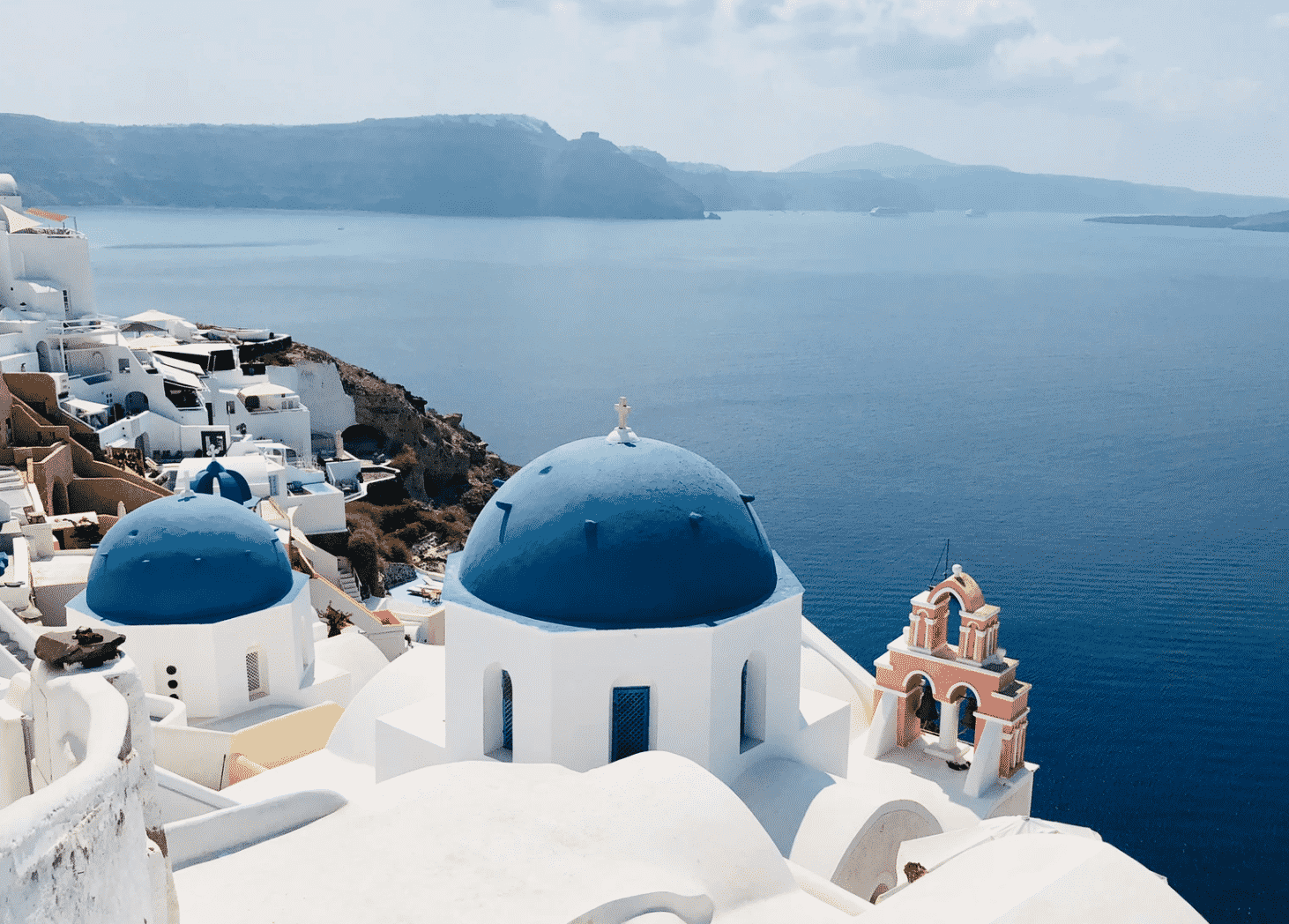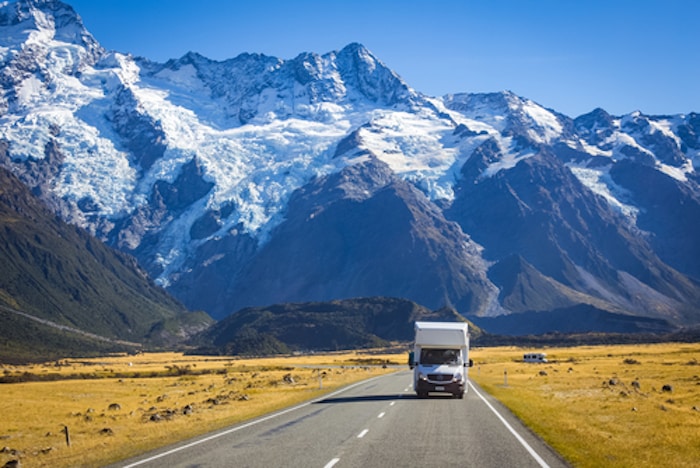Some countries are starting to decrease their lockdowns with faint hints of the possibility of travel to nearby areas. One word that you might hear of late is the term ‘travel bubbles’. But what are travel bubbles? We have all the info…
The concept is an entirely new one that has emerged because of coronavirus, as countries try to kickstart their economies. With planes grounded, many borders closed and restrictions in place, this could be a vital cog in helping to restart the travel industry in a small, local fashion.
What Are Travel Bubbles?
They are basically agreed common travel areas between regions or countries. While they have yet to roll out officially, discussions between governments around the world on how to introduce the ‘travel bubble’ are continuing to take place.
Rather than being for emergency travel or aa short term solution, travel bubbles are seen as long term solutions. The ‘bubble’ are typically countries beside each other with low virus outbreak levels.
Attractive upsides of the bubble agreements could include reduced visa restrictions and the removal of quarantine (which other visitors from outside the bubble would face.)

What Are Some Examples Of Potential Travel Bubbles ?
The idea first emerged between New Zealand and Australia. Both countries had early success in dampening down the virus due to nationwide lockdowns. A travel bubble between the two countries makes sense, especially given the strict measures that NZ & Australia have placed on incoming visitors. Essentially, there’s none allowed.
Australia / New Zealand – The “trans Tasman” would allow travel between the two countries. Australia have said that the earliest they will open to international travel is October, so this could kick start local tourism. New Zealand would benefit also, as Australia is already their biggest source of tourists
Thailand / Vietnam – These two countries have been much more successful than the rest of South East Asia in controlling the virus. They could look at creating a ‘travel corridor’ over the next few months, according to Thailand-based Mario Hardy, chief executive of the nonprofit Pacific Asia Travel Association (PATA). With their economies kick starting and the lockdown being fully, eased they could form a small alliance.
France / England – A much more controversial sort of travel bubble has emerged in Europe between these two countries, which have been among the worst hit in the world. Passengers arriving in the UK from France will be exempt from forthcoming UK coronavirus quarantine measures, and vice versa. As opposed to other travel bubbles, this one seems to make little medical sense and be based on economic thinking.
Greece / Cyprus / Israel – The three countries have touted a ‘safe tourism zone’ which would allow their citizens to travel freely between those three countries. All have been fairly successful in combatting the virus, but opening it up to three countries poses further risks.

Is This The Future Of Travel?
In the short term, the answer is yes. While most travel bubbles are still in the planning stage, there is a clear need to get tourism moving again. If not tourism, then at least travel of some sort to let people see relatives and conduct business.
They will be hard to implement and the virus doesn’t really respect borders. But, this is at least a small blueprint for restarting. Crucially, they might just give consumers that confidence to venture out on planes again or book small, local holidays.
If they can be done right, it’s the first step to getting travel back again – but also one fraught with risks.











